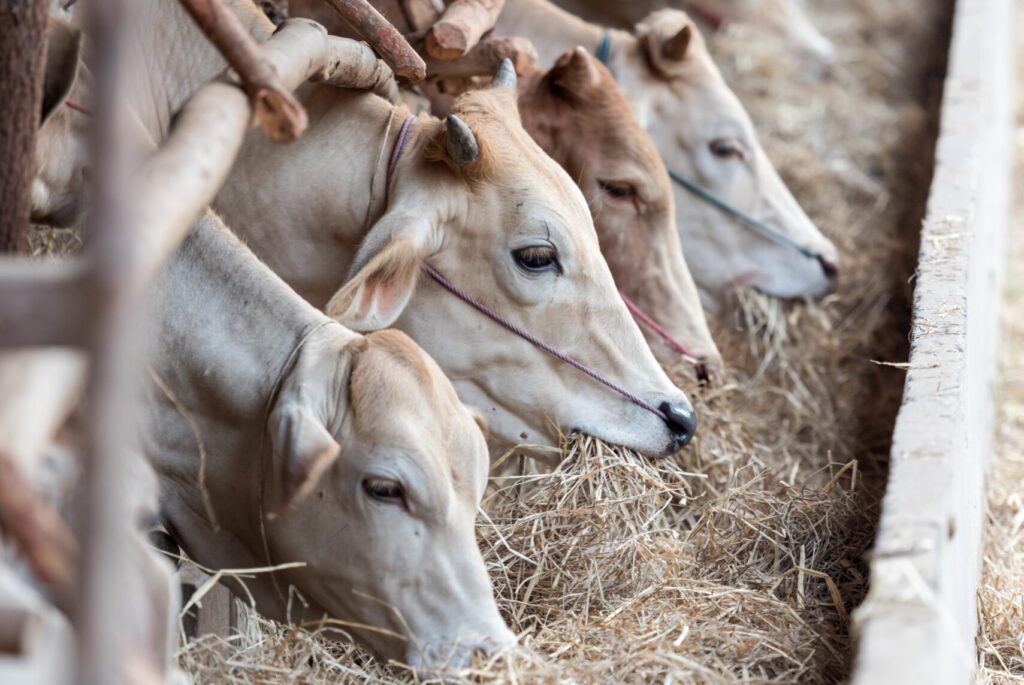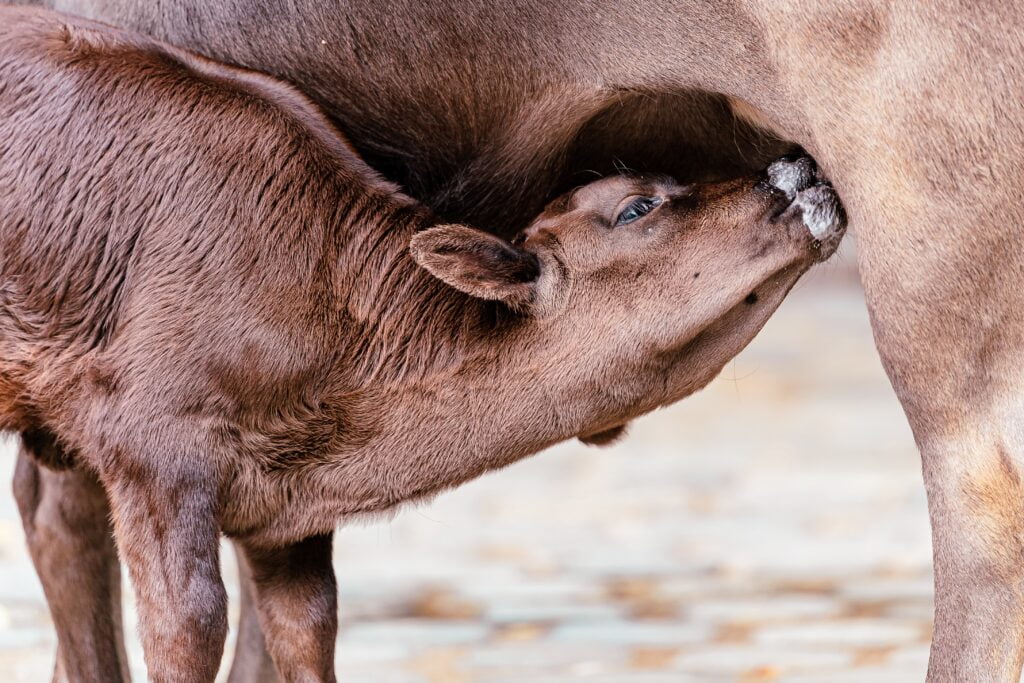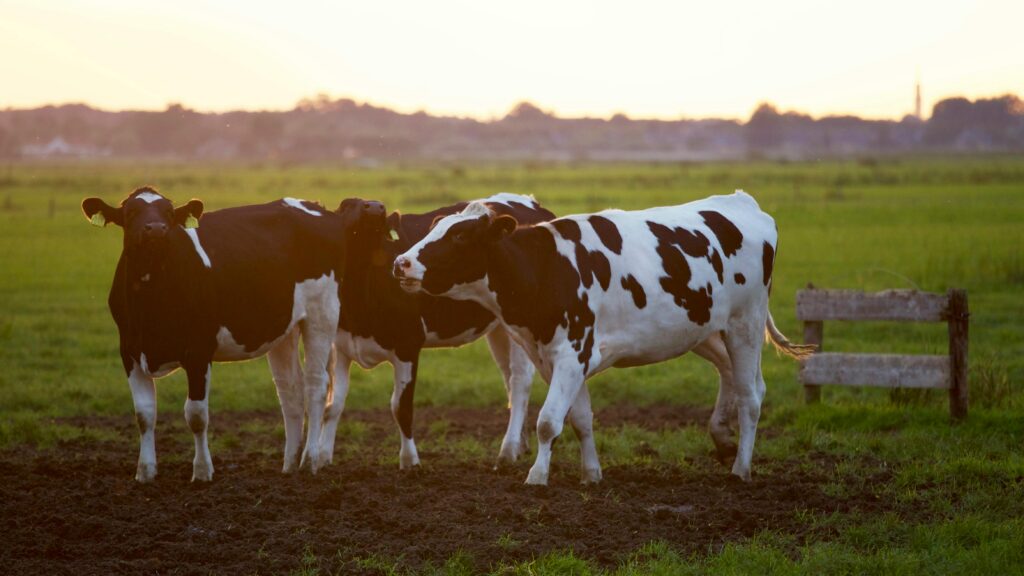Bird flu is spreading to cows

Unsurprisingly, cows are becoming infected with bird flu, a virus commonly associated with bird populations. We must pay close attention to these new threats and difficulties posed by this change in transmission. This blog article will explore the complexities of this phenomenon, as well as its effects on animal and human health.
Understanding Bird Flu:
Avian influenza, commonly known as bird flu, is a virus that mostly affects birds. Flu is caused by many types of viruses, and some of those types are quite dangerous for humans and birds alike. Due to its high infectiousness, this virus can spread rapidly in wild bird populations and poultry farms.
The severity of illness caused by different strains of avian flu is used to classify them. Of these viruses, H5N1 and H7N9 have been the most studied, due to the severe disease and mortality they cause in birds and humans. There is cause for concern over the pandemic potential of these highly dangerous strains because of their association with spread in poultry farms and occasional cases of
Transmission of Bird Flu:

Most cases of bird flu are spread by coming close to infected birds or breathing in their saliva, droppings or respiratory secretions. Contaminated surfaces, equipment or food can potentially spread the disease indirectly. Wild birds, especially ducks and swans, store the virus in their bodies and can spread it far and wide during migration.
In addition to being transmitted from birds to other birds, bird flu can also infect other animals, such as pigs and, more recently, cows when it crosses the species barrier. Because it can make epidemics more difficult to identify and manage, this interspecies transmission presents difficulties for disease control and surveillance initiatives.
Symptoms and Impact:
The signs and symptoms that a bird may see in the case of avian flu can vary by type and strain. Pulmonary symptoms including coughing, sneezing and trouble breathing and gastrointestinal symptoms such as diarrhoea, reduced egg production and unexpected death are all possible. Severe cases of avian flu can cause significant economic losses to poultry producers due to high mortality rates among affected bird populations.
Although birds are the primary hosts of bird flu, people can contract some strains of the virus and experience a wide range of symptoms, from mild flu-like illness to severe respiratory distress and even death. Although human-to-human transmission has been minimal in rare cases, the most common way the virus spreads to humans is through close contact with diseased birds or polluted environments.
Prevention and Control Measures:
Surveillance, biosecurity measures, vaccination and rapid response to outbreaks are all part of the multi-pronged strategy required to prevent and control avian flu. Efforts are being made to monitor bird populations to detect any signs of the virus and contain its spread before it occurs. Enforcing sanitary practices, sanitizing equipment, and regulating access to poultry farms are all examples of biosecurity measures that can help reduce the chance of the virus being introduced and transmitted within the poultry population.
Vaccination is essential to prevent the spread of bird flu, especially in areas where the virus is common or may soon arrive. To control transmission of the virus and reduce the likelihood of outbreaks, vaccination programs focus on high-risk poultry populations, like commercial poultry farms.
The Emergence of Bird Flu in Cows:

A major improvement in the spread of avian flu virus is the fact that it can now infect cows as well. Although there have been cases of the virus spreading between other species, the fact that this happened in cows raises many questions. How does avian flu virus enter the body of cows, and what causes its spread? To better understand the ins and outs of this transmission route, scientists are considering these concerns.
Table of Contents
Implications for Animal Health:
If avian flu is able to infect cows there will be serious consequences for animal welfare. Because of their importance to agriculture, cows are particularly vulnerable to this virus, which can cause serious illness or death. Further complicating matters for livestock disease prevention and control initiatives, diseased cows can act as a reservoir for additional transmission.If avian flu is able to infect cows there will be serious consequences for animal welfare. Because of their importance to agriculture, cows are particularly vulnerable to this virus, which can cause serious illness or death. Further complicating matters for livestock disease prevention and control initiatives, diseased cows can act as a reservoir for additional transmission.
Risks to Human Health:
In addition to impacts on animal populations, the spread of avian flu to cows raises human health concerns. Transmission directly from cows to humans is quite unlikely, but not impossible. Of greater concern is the possibility of genetic reassortment, in which flu viruses with different genetic structures mix and form new strains with unknown human virulence and transmissibility.
Mitigation Strategies:
Given these threats, strong mitigation measures are needed. Early diagnosis and management of bird flu outbreaks requires enhanced surveillance of both bovine and avian populations. Livestock farms can further reduce the possibility of transmission to humans and other animals by implementing stringent biosecurity protocols.
Conclusion:
The outbreak of avian flu in cows highlights the constantly changing nature of infectious diseases and the interdependence of human, animal, and environmental health. Animal and human health can be protected if we can identify the factors that cause this transmission and take preventive action. To effectively manage emerging infectious threats, it is essential that academics, policy makers and stakeholders work together as we face this changing terrain.

